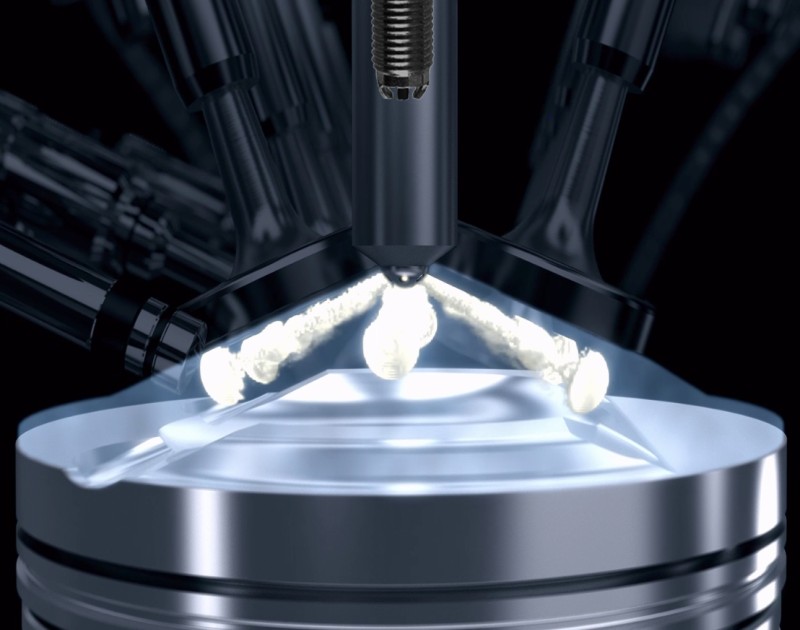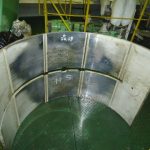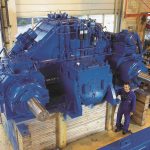Ignition delay is the time between fuel injection and fuel ignition. During this time the fuel get mixed with hot compressed air and vaporizes. After the ignition delay, spontaneous ignition of the fuel occurs. The longer the ignition delay, more fuel will be injected and vaporizes inside the combustion chamber. This results in a rapid explosion or combustion causing shock waves and high surface temperatures. This may lead to excessive loading of piston crown, breaking piston rings weakening of the material due to erosion by hot gas flow, etc. the higher temperatures inside the combustion space also cause an increased NOx emissions.
The ignition quality is a measure of the relative ease by which the fuel will ignite. It is measured by the cetane number for distillate fuels. The higher the number, the more easily will the fuel ignite inside the engine. For residual fuel, the ignition quality is measured by the Calculated Carbon Aromaticity Index (CCAI). It is an empirical equation based on the density and viscosity of the fuel. CCAI is normally in the range of 800-870. The higher the CCAI, the longer fuel takes before it starts ignition in the engine. In other words, ignition delay for a fuel with low CCAI is minimal.
Ignition Quality and Engine Performance
Changing to a fuel with a higher ignition quality or lower CCAI index means early ignition of fuel, higher peak pressures, excessive load on the bearings (especially cross head bearings) and loss of engine power. Similarly, using a fuel with higher CCAI index or lower ignition quality will cause late ignition, causing after burning which damage exhaust valve, fouling of turbocharger, burning of piston crown and liner, and loss of engine power.
Two stroke slow speed engines and some medium speed engine on ships uses variable injection timing (VIT) or fuel quality setting (FQS) levers to control the starting of injection to take account of the ignition delay. These procedures to be done as per maker’s instructions and calculating the CCAI index of the fuel to be used.



Comments are closed